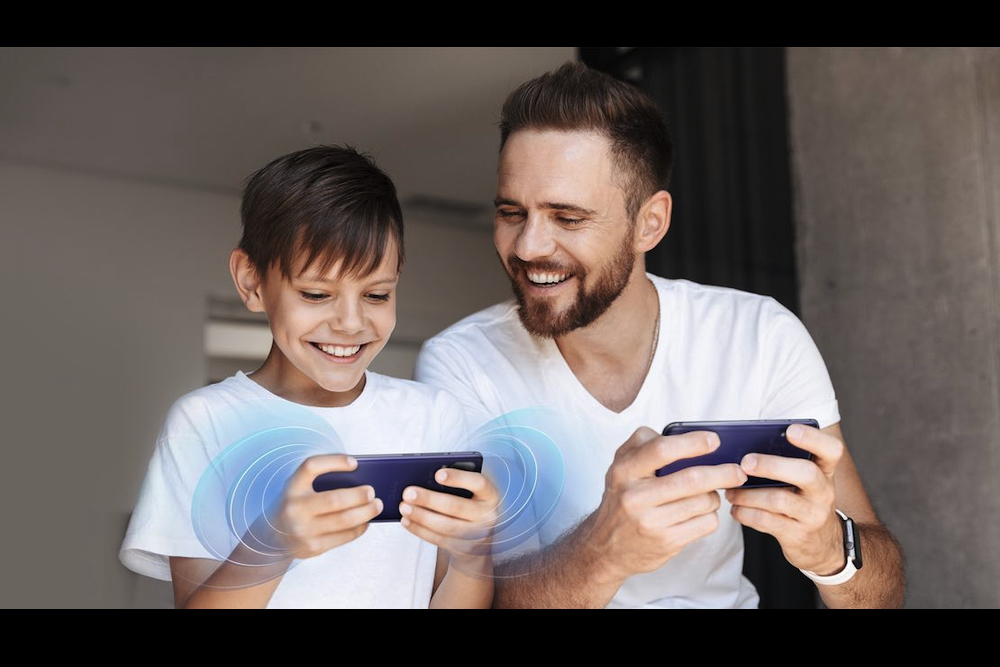It’s easy to forget HTC still makes smartphones, as it sold most of its phone division to Google, hasn’t competed in the flagship race for a while, and concentrates on selling the HTC Vive VR headset. The phones are still there, though, and HTC has announced a pair of new ones: The HTC U19e, and the Desire 19+. What hasn’t changed at HTC is its haphazard approach to marketing, which for a brief time extended into advertising Apple’s products too.
HTC U19+

We’ll come back to that. What about the phones? The HTC U19e is the more interesting of the two, as it has a specification to challenge the current darling of mid-range phones, the Google Pixel 3a. It’s a big phone with a 6-inch screen on the front, and instead of a notch, HTC has bravely decided to add bezels at the top and bottom of the display. The fingerprint sensor is on the back of the phone, along with a dual-lens camera.
There’s a healthy chunk of power inside from the Qualcomm Snapdragon 710 processor and 6GB of RAM, plus 128GB of internal storage and a MicroSD card slot. However, despite the bezels, HTC has not added a 3.5mm headphone socket to the U19e. The 1080 x 2160 pixel resolution screen has been given the HDR10 treatment, meaning it should be great for movies. The dual-lens camera is made up of a 12-megapixel sensor and a 20-megapixel sensor. Finally, the battery has a 3930mAh capacity.
It has so far only launched in Taiwan, where it cost the local equivalent of $475.
Desire 19+

HTC’s second new phone is a new entry in the Desire series, called the Desire 19+. It stands out from previous Desire phones due to a triple-lens camera, which has a 13-megapixel main camera, a wide-angle 8-megapixel lens, and a 5-megapixel depth camera. The processor inside is a MediaTek Helio P35, along with 4GB or 6GB of RAM, while the screen is even larger than the U19e at 6.2-inches.
The design is different from the U19e and has a camera array that reminds us of the Huawei P20 Pro, which sits on the back with a fingerprint sensor. On the front, HTC has used a notch to reduce the size of the bezels, although the chin still looks large in the photos. It’s also only been announced for Taiwan at the moment, and prices start at $280.
Marketing mix-up
- 1. Spot the Apple Watch
- 2. It has magically disappeared
Take a look at HTC’s main website for the U19e now, and there is a lovely photo of a man and (presumably) his son, enjoying HTC’s new phone. However, the image has been carefully doctored since it first made an appearance, as the father was wearing what was very obviously an Apple Watch.
The world’s best smartwatch can do many things, but connecting to an Android phone is not one of them. A mix up at the modeling agency and a mistake by the photographer has resulted in a hasty Photoshop correction to de-Apple the image. HTC has not had the best track record with marketing and promoting its usually decent devices, but this is one will have caused the most embarrassment for the firm.
Whether HTC decides to launch the new U19e or Desire 19+ outside Taiwan has not been revealed.




